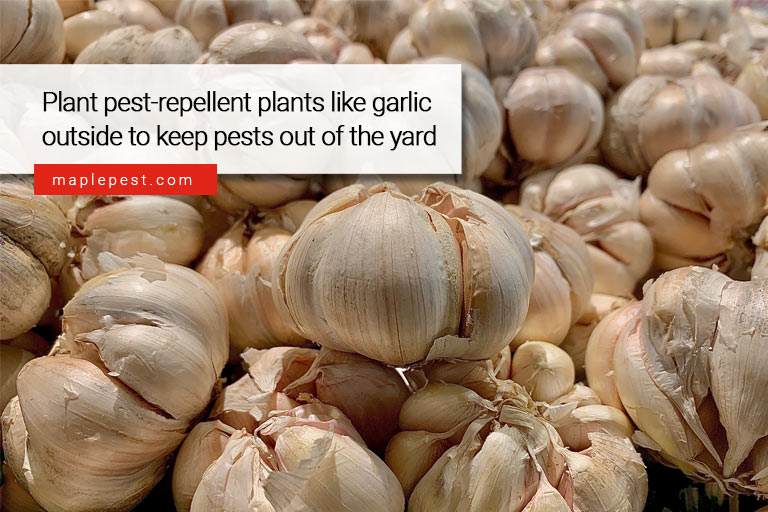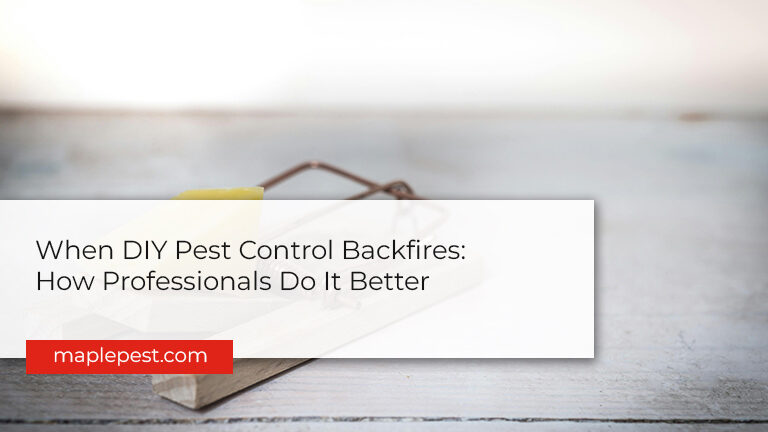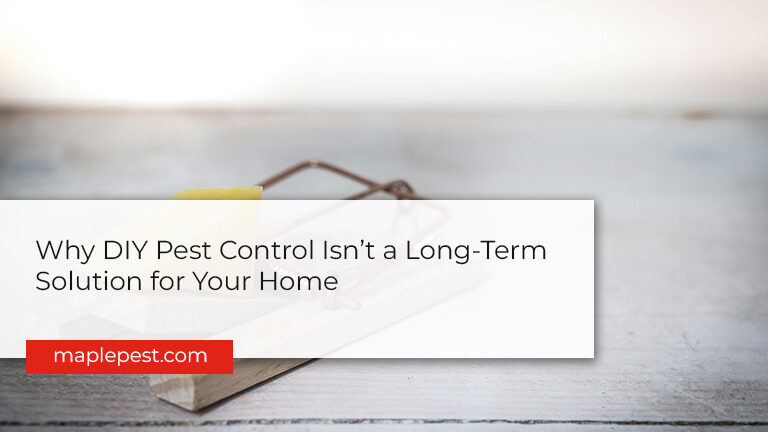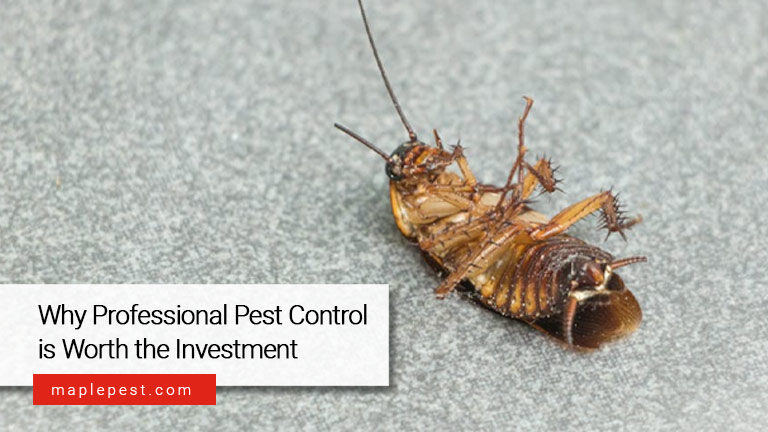Pest control is essential for maintaining a safe and comfortable home environment, especially in areas like Woodbridge, where various pests can be a persistent problem. Effective pest management requires a strategic approach to ensure safety for both your family and the local environment. Here are some dos and don’ts to keep in mind for safe and effective pest control in Woodbridge.
Dos
Do Identify the Pest Correctly
The first step to effective pest control is identifying the specific pest you are dealing with. Always keep in mind that different pests require different treatment methods. Misidentifying a pest can lead to ineffective treatments and wasted resources. To prevent any waste, take the time to research or consult a professional to correctly identify the pest problem.
Do Maintain Cleanliness
Maintaining a clean environment is crucial in preventing pest infestations. Pests are attracted to food, water, and shelter. Regularly cleaning your home, especially the kitchen and dining areas, helps to eliminate those food sources that attract pests. Ensure that all food is stored in airtight containers and that spills are cleaned up promptly. Regularly empty trash bins and ensure they are sealed tightly.
Do Seal Entry Points
Pests can enter your home through small cracks and openings. Inspect your home for any potential entry points, such as gaps around windows, doors, and utility lines. Seal these openings with caulking or other appropriate materials to prevent pests from entering. This proactive measure can significantly reduce the likelihood of an infestation.
 Do Use Natural Remedies
Do Use Natural Remedies
Whenever possible, opt for natural remedies to control pests. Natural methods are generally safer for your family, pets, and the environment. For instance, diatomaceous earth is an effective, non-toxic option for controlling pests like ants and cockroaches, while rats are repelled by cloves and coffee grounds. Similarly, essential oils like peppermint and lavender can repel certain insects. Using these methods can reduce the need for chemical treatments.
Do Consult Professionals
For severe infestations or persistent pest problems, it’s advisable to consult a professional pest control service. Professionals have the expertise, experience, and equipment to handle difficult pest issues safely and effectively. They can also provide guidance on preventive measures to avoid future infestations.
Do Follow Instructions Carefully
If you choose to use chemical treatments, it’s essential to follow the product instructions carefully. Overuse or incorrect application of pesticides can be harmful to your health and the environment. Always read the label and adhere to the recommended usage guidelines. Wear protective clothing and ensure proper ventilation when applying pesticides.
Do Keep Children and Pets Safe
When conducting pest control treatments, ensure that children and pets are kept away from treated areas. Many pest control products can be harmful if ingested or inhaled. Keep these products out of reach and store them in a secure location. If using traps, place them in areas inaccessible to children and pets.
Do Monitor and Follow Up
Pest control is not a one-time task. Regular monitoring and follow-up are necessary to ensure the problem is resolved and to prevent future infestations. To name one example, Alberta briefly lost its reputation for being rat-free last year, highlighting the importance of remaining vigilant to prevent resurgences of pest infestations. Check for signs of pest activity periodically and take immediate action if you notice any. Regular maintenance and preventive measures are key to long-term pest control success.
Don’ts
Don’t Use Harmful Chemicals Recklessly
Avoid the indiscriminate use of harmful chemicals for pest control. Many over-the-counter pesticides contain toxic substances that can pose health risks to humans and animals. Using these chemicals recklessly can also lead to environmental contamination. Always consider safer alternatives and use chemicals as a last resort.
Don’t Ignore Small Problems
Small pest problems can quickly escalate into major infestations if left untreated. Always take it as a sign when you detect early signs of pest activity, such as droppings, gnaw marks, or the presence of a few insects. Addressing the issue promptly can prevent it from becoming a more significant problem that requires extensive treatment.
Don’t Rely Solely on DIY Methods
While do-it-yourself (DIY) pest control methods can be effective for minor issues, they may not be sufficient for larger infestations. Relying solely on DIY methods can sometimes worsen the problem if not done correctly. For more severe infestations, it is best to seek professional assistance to ensure comprehensive treatment.

Don’t Overlook Outdoor Areas
Pests often originate from outdoor areas before making their way into your home. Keep in mind the importance of maintaining your yard and garden. Keep your lawn trimmed, remove standing water, and ensure that woodpiles and debris are kept away from the house. While you’re at it, consider planting pest-repellent plants in your yard to deter animals from entering. For example, plants like garlic, onions, and mint repel raccoons, and can also spice up your meals in the bargain. These measures can reduce the likelihood of pests entering your home.
Don’t Forget to Educate Yourself
Staying informed about pest control methods and the types of pests common in Woodbridge is essential. Educating yourself can help you make informed decisions about the best practices and products to use. Reliable sources of information include pest control professionals, local extension offices, and reputable online resources.
Don’t Neglect Regular Inspections
Regular inspections are crucial for early detection and prevention of pest infestations. Conduct thorough inspections of your home, including less frequently used areas such as basements, attics, and crawl spaces. Look for signs of pest activity and structural issues that could provide entry points for pests.
Don’t Use Expired Products
Using expired pest control products can be ineffective and potentially hazardous. Always check the expiration date on pest control products before use. Discard any expired products safely and replace them with fresh, effective alternatives. Using up-to-date products ensures better results and safety.
Don’t Mix Different Pesticides
Mixing different pesticides can create dangerous chemical reactions and reduce the effectiveness of the treatments. Take care not to combine pesticides unless explicitly instructed to do so by the manufacturer. Use each product according to its specific guidelines to ensure safe and effective pest control.
Don’t Ignore Safety Precautions
Safety should always be a top priority when dealing with pest control. Always remember safety precautions, such as wearing protective gear, following proper storage procedures, and ensuring adequate ventilation during treatments. Taking these precautions can protect your health and prevent accidents.
Effective pest control in Woodbridge involves a combination of proactive measures, safe practices, and professional guidance. By following these dos and don’ts, you can manage pest problems effectively while ensuring the safety of your family, pets, and the environment. Remember that pest control is an ongoing process that requires vigilance and regular maintenance to keep your home pest-free.
When you need reliable pest control, give Maple Pest Control a call. We have a wealth of experience dealing with a wide range of pests, from rodents to raccoons to insects, and we’re ready to put it at your service. After we’ve cleaned up your home, we also offer a 6-month pest-free guarantee, ensuring your peace of mind for months after. Give us a call now at (416) 520-8575 to start pest-proofing your home now.
 Do Use Natural Remedies
Do Use Natural Remedies

